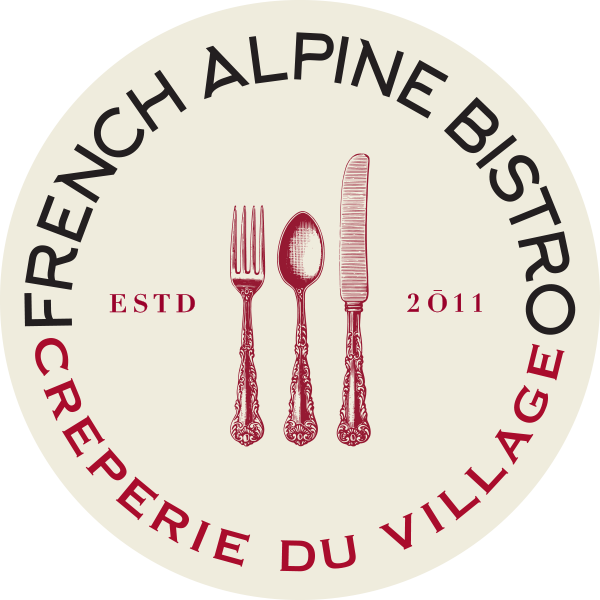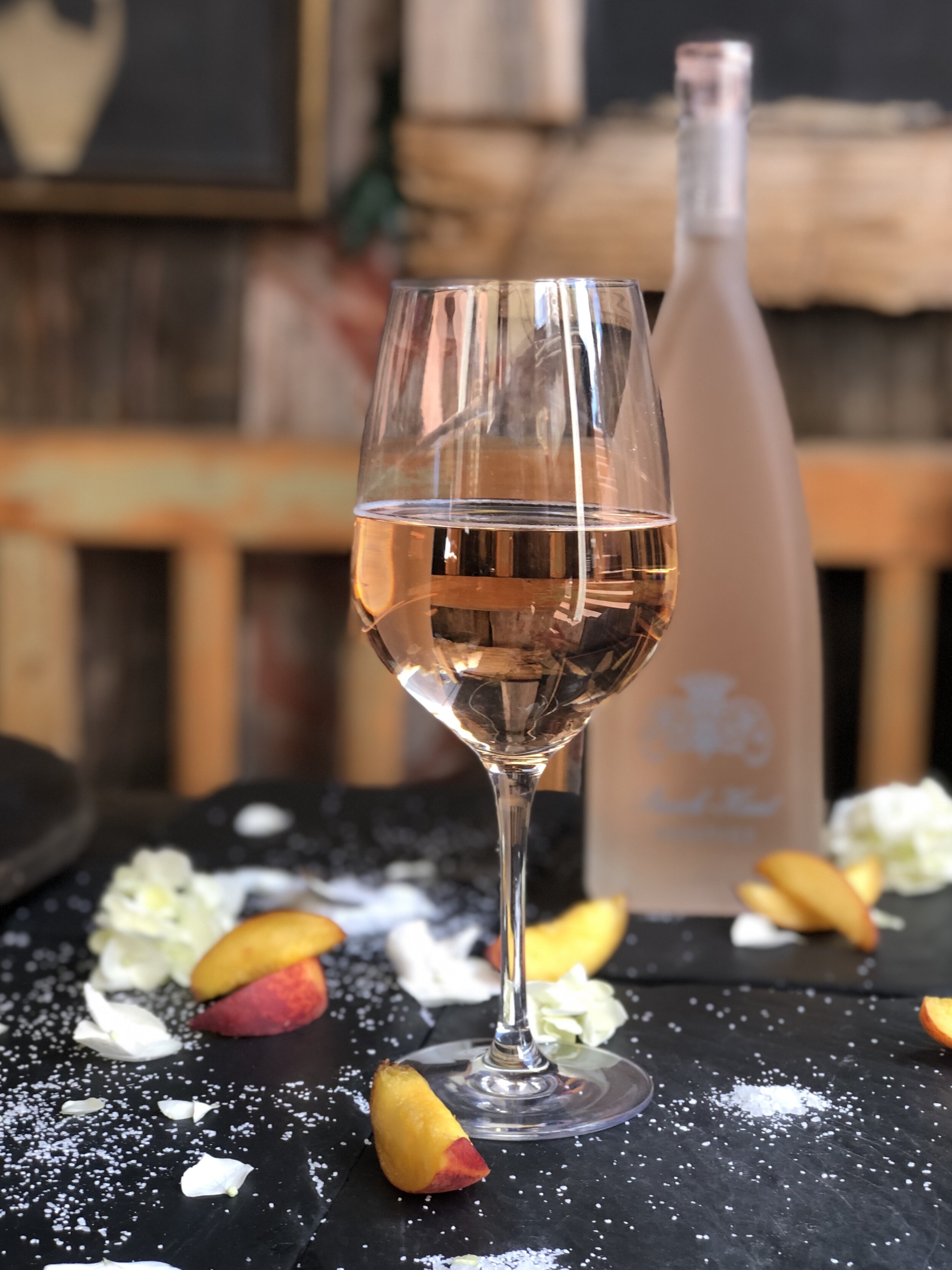Rosé Wine…Really?
by S.W.Kirch
Absolutely. Many people – from the Millennial to the middle-aged man – are excited about rosé wine. There are even several hashtags surrounding the vibrant movement from #YesWay,Rosé!, which has inspired an entire assortment of fashion accessories, to #Brosé, which encourages men to enjoy rosé with friends, without second-guessing it. According to the French “Rosé is the French water.” and they refer to it as, “vin de soif”, a “wine to quench thirst”. With a lower alcohol content compared to most wines, these complex, dry drinks can easily be enjoyed headache-free on a hot summer day, or offered as an aperitif. Of course, in America, rosé wines spent more than a half a century, from the mid-1940’s to the 1990’s, being looked down upon as sweet, cheap byproducts of red wines. This, thankfully, is no longer the case.
Does everyone in France drink rosé wine?
“Everybody drinks rosé in France in the summer! It’s the ultimate wine to share with friends and family especially for an apéritif, which isn’t just a drink before dinner; it is an experience. You gather together in the late afternoon or early evening hours and start to share: hors d’oeuvres, stories, jokes, your day, your life. At the French Alpine Bistro we want to show anyone who visits our restaurant the French joie de vivre! Life is not just about activity, is it? It’s also about reflecting….you might want to hike Ajax mountain, but what about afterwards?
Are rosé wines even high quality wines?
Americans often don’t understand rosé, because they started drinking low quality, sweet rosé wine from Portugal in the 1940s, and then in the 1970s, one from a California winery: White Zinfandel. They used a method called saignée - which in French means to bleed. These sweetened wines are not like the real rosé wines. In Provence, the only good method is called maceration. This way, you lightly crush the grapes, and let the juice sit on the skins for a few hours, or days - depending on the color. Then, the juice is vinified like a crisp, dry white wine. Another way of making rosé is the blending of red and white wines. This, however, is only allowed in France for the sparkling rosé wines.”
Are there certain grapes used to make it ?
To make a rosé, you can use the red, purple or even the black grape, but there are some grapes that are very special for the rosé: they are the Cinsault, the Grenache, and the Pinot Noir. The French take making rosé very seriously, and even have Centre de Recherche et d’Expérimentation sur le Vin Rosé (The Center for Rosé Research). Also, the rosé tastes best if you drink it when it is young - only one or two years old.
No Need to Blush
Come enjoy the rosérenaissance; just head over to Hopkins Ave., find a sunny spot on the patio of Aspen’s only authentic French Alpine Bistro - Crêperie du Village – and sip a glass (or two) of the famous Whispering Angel, described by Anthony Dias Blue (The Tasting Panel) as, “Dense and rich with lovely texture”. Dive into the rosé culture by adding ice to your glass, and enjoy it the ancient, Greek (i.e.-original) way - diluted. In the words of sommelier Victoria James, “Rosé is exactly what the wine world needed: an unpretentious but delicious option.” In a world of ever-increasing busy-ness and choices, it’s a relief to find something unfussy in life: Cheers to Rosé!




